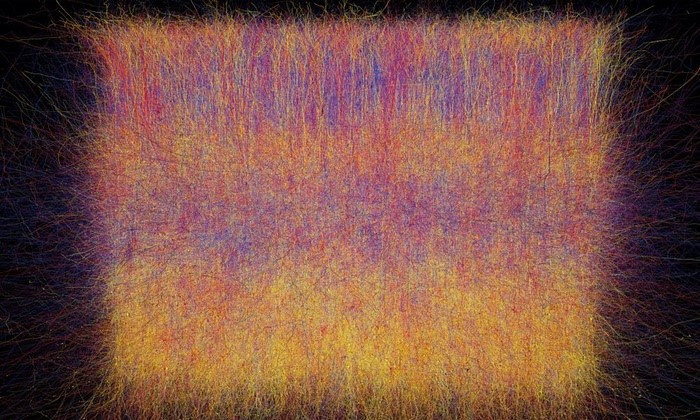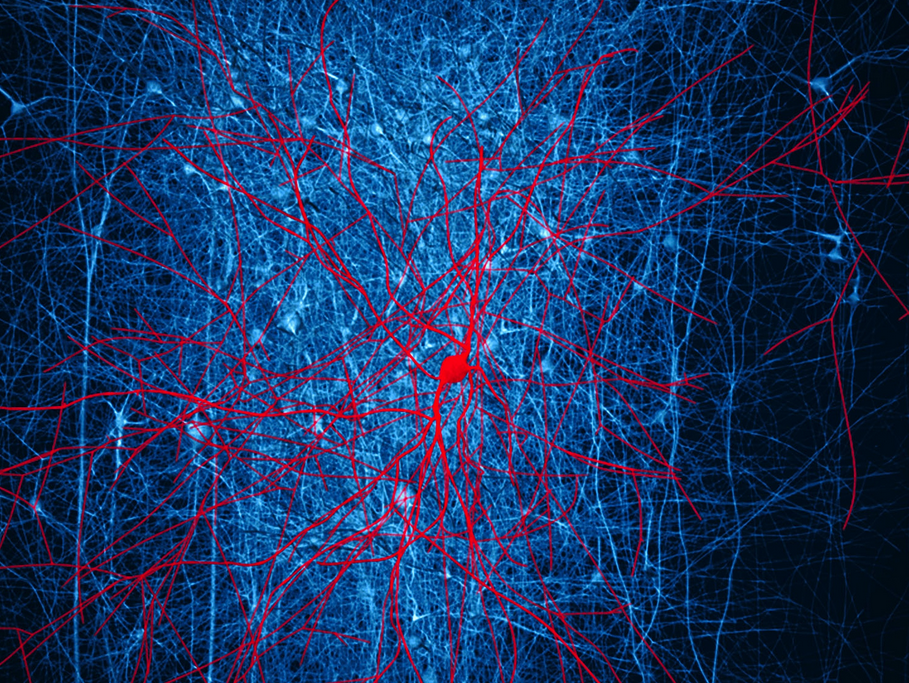
In what effectively amounts to the most complex neural simulation ever made, the IBM Blue Gene supercomputer successfully reconstructed a simulated rat brain that mimics the patterns of neural activity found in live rat brains.
Recreating approximately 31,000 neurons connected by 40m synapses required 20 years’ worth of rat brain measurements and a decade worth of coding, as well a super computer capable of solving billions of equations per second — Blue Gene performs solve a billion equations every 25 milliseconds.
The model was created by categorizing the neurons into more than 200 types and arranging them into patterns resembling brain tissue — minus the blood vessels, cells that support the neurons, or molecules that carry the messages around the brain.
The simulation may not be a complete model, but it’s a fundamental step in understanding how the human brain works by accurately replicating the brain activity that occurs in live neural tissue; for example, “If you mimic touching a whisker, we see the same pattern of firing in the digital tissue,” explains Henry Markram, director of the Blue Brain project at the Swiss Federal Institute of Technology in Lausanne.

Rats may seem trivial, but the Blue Brain project’s ultimate goal is to reverse engineer the human brain and recreate a working model of the entire organ — rat brains are simply smaller in scale and more cost effective to prototype.
The current simulation cost at least €100 million, and that’s just taking into account one third of the rat’s neocortex, a section of the grey matter responsible for processing touch sensations. Conversely, the human brain consists of 100 billion neurons versus the 30,000 simulated in the experiment.
Given the steep cost investment, some neurologist have been slightly critical of the project, threatening that it sucks funds from other more practical areas of brain research.
“The model produced a pretty standard range of neural activity,” says Peter Latham at UCL’s Gatsby Computational Neuroscience Unit, “that’s not a bad thing. Their simulations should really be thought of as a tool, something that can be used toward a deeper understanding of the brain.”
Nevertheless, the only way we'll ever come close to understanding the computational efficiency of the human brain is if can study its mechanics real-time and manipulate parameters on the fly.
Source: The Guardian
Advertisement
Learn more about Electronic Products Magazine





